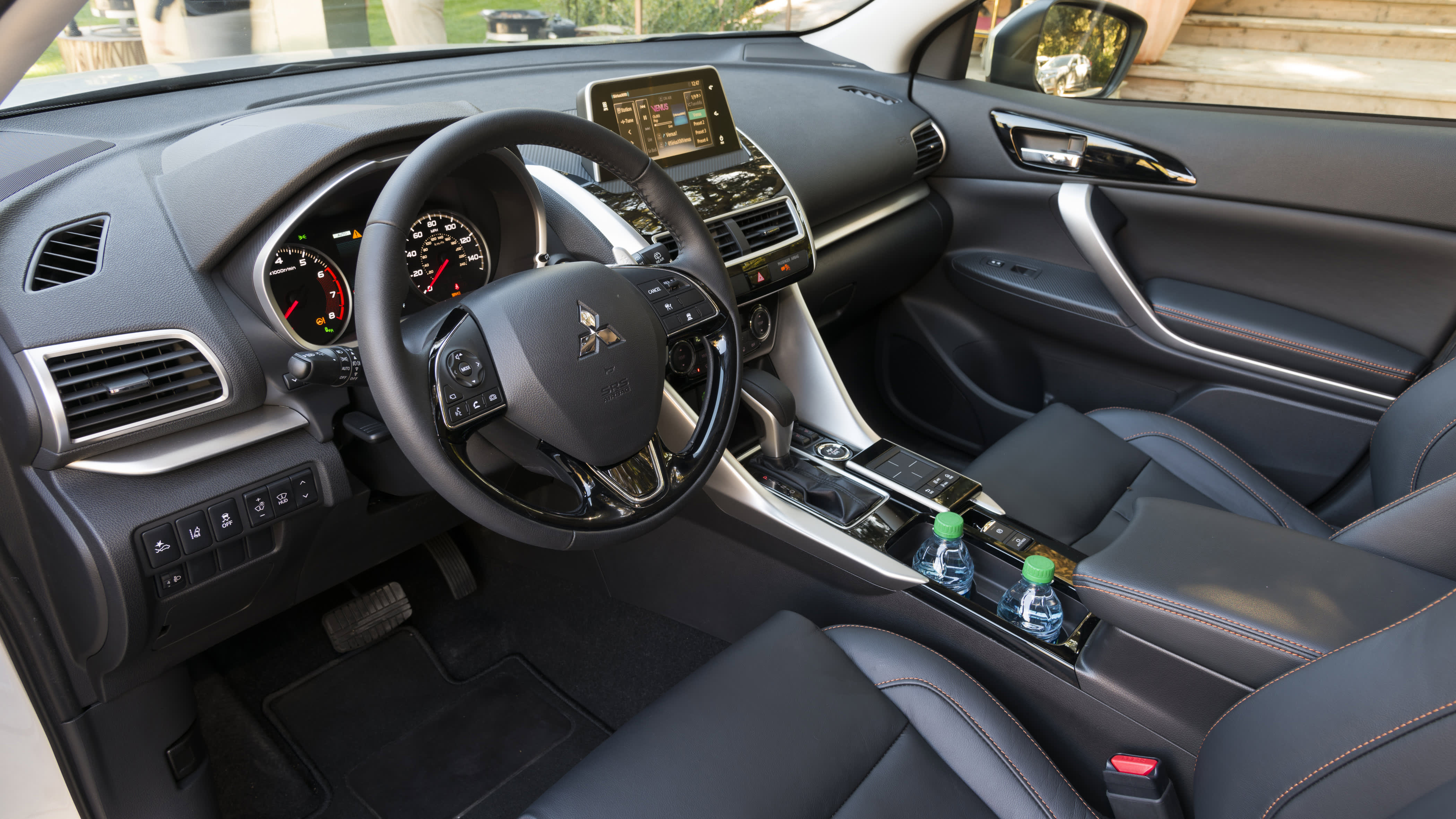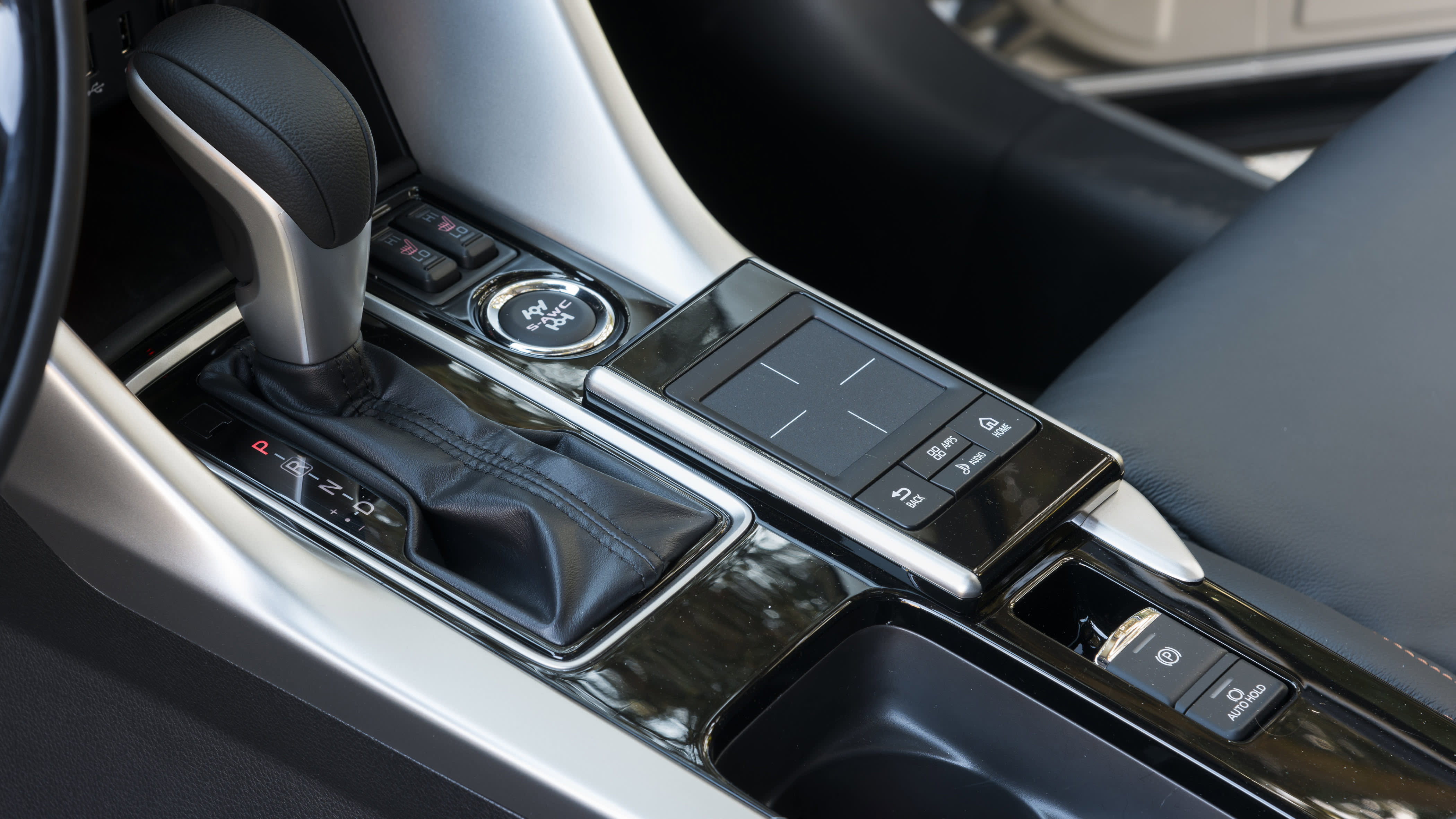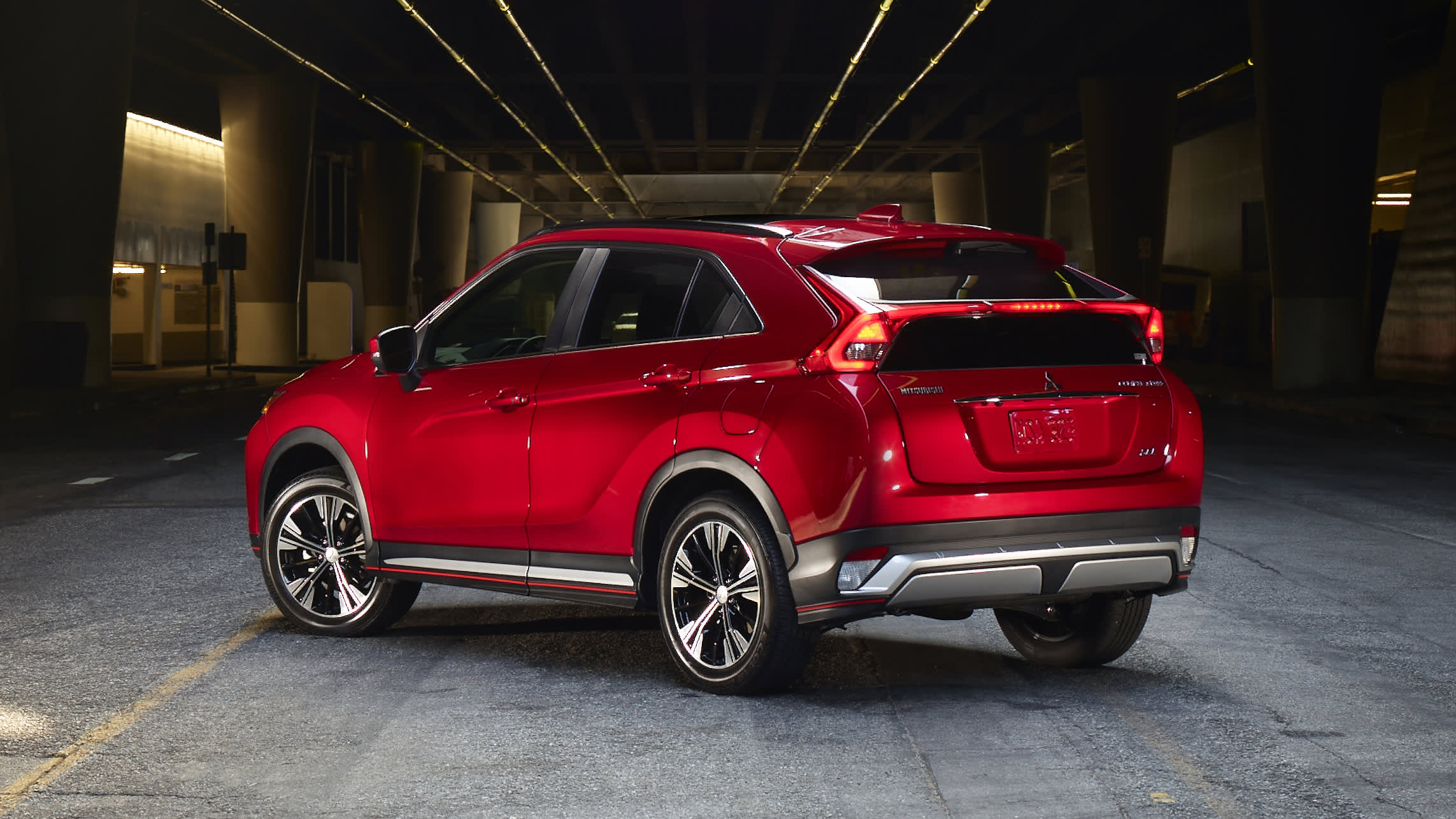2019 Mitsubishi Eclipse Cross Quick Spin Review | Space and power make it worth your consideration
https://ift.tt/2YSddgW
The subcompact crossover market is one of the fastest growing segments in the industry. That can make it tough to stand out. Some highlight style, like with the Hyundai Kona and Jeep Renegade. Some go for a bargain focus such as with the Nissan Kicks. Our subject in this case, the 2019 Mitsubishi Eclipse Cross, earns a look for its remarkable space, strong powertrain and generally good value.
The Eclipse Cross’s spaciousness is its ultimate party trick, especially for its small size. From the driver’s seat, your 5-foot 11-inch and somewhat heavy author could find a very comfortable driving position with loads of head room and leg room. The seating position is high with loads of visibility. The generous headroom also keeps you from feeling like you’re sitting on top of the car. The front seats don’t have much shape to them, but the cushions are thick and soft enough that they’re plenty comfortable. I was also surprised at how easy it was to get in and out of the Eclipse Cross. The door opening is quite large, thanks to a high roof and reasonably low floor, plus the relatively high seat. This kind of easy ingress and egress I don’t see often except for in minivans such as our long-term Chrysler Pacifica.
More impressive than the space in the front is the space in the back. I could sit behind myself with a few inches to spare in front of my knees. I can’t even say that about many comparably-sized cars let alone the current crop of cramped crossovers. The back seats are flat and firmer than I would like, but they do recline and can slide fore and aft to make more room for cargo or passengers.
All of this fits into a package that’s about 5 inches shorter than a Honda Civic hatchback, one of the most spacious small cars on the market. Cargo space is close to the Civic, too. With the seats up, it’s slightly behind the Honda at 22.6 cubic feet (22.1 for our SEL with the subwoofer and moonroof) versus 25.7. But with the 60/40 split seats folded, the Eclipse Cross jumps ahead with 48.9 cubic feet versus the Civic’s 46.2.
The rest of the interior is less impressive. The plastics, while varied in texture and finish, are cheap and hard. The infotainment offers two ways to interact with it, either with the touchscreen or a touch pad, but neither is great. The touchscreen is far away, and the touch buttons on either side are annoying, and the touch pad is only slightly better than the terrible Lexus touch pad interface.
When it comes to the driving experience, the Eclipse Cross isn’t extraordinary, but it beats much of its competition in a few key areas, first of which is powertrain. Under the hood is a turbocharged 1.5-liter inline-4 with 152 horsepower and 184 pound-feet of torque. The relative abundance of torque means you can give the throttle a moderate prod and receive comfortable acceleration, whereas many of its competitors would demand your foot meet the floor. The engine does emit some mild droning under harder acceleration, but the volume is mild and doesn’t increase with the revs. The CVT is surprisingly responsive, too, and it usually simulates a traditional automatic convincingly. The high-trim model we had had lovely metal shift paddles, but using them is unfulfilling as manual shifts are slow and slurred.
Fuel economy is disappointing, though. Our all-wheel-drive SEL test car was rated at 25 mpg in the city and 26 on the highway. The lower-trim ES with all-wheel drive does better with 25 mpg in the city and 28 on the highway. The ES with front-drive does best with 26 mpg in town and 29 on the highway. These numbers are all behind most of the competition.
Back on the pleasant if unexciting side of things is the ride and handling. The Eclipse Cross’s small footprint and good visibility make it extremely easy to maneuver in parking lots and tight roads. The ride is slightly soft but with controlled damping. This does result in some mild body roll. The Eclipse Cross turns in promptly and has steering that’s decently weighted if numb and imprecise. It corners with a bit of understeer and feels secure in most situations, though bumpy corners can upset the back end a bit.
The Eclipse Cross’s weakest point is likely its price tag. At $24,975 for a base, front-drive model, it’s one of the most expensive options in the subcompact segment. For comparison, key models such as the Subaru Crosstrek, Toyota C-HR, Kia Soul and Hyundai Kona all start under $23,000. But neither the Subaru nor the Toyota offer an engine that is as potent as the Mitsubishi’s. The Kona and Soul do have more powerful engines available, but you’ll be spending $26,595 on the Kona Limited trim or $28,535 for the Soul GT-Line Turbo to get them. And as we’ve mentioned before, the Eclipse Cross is one of the most spacious options in the segment, matched mostly by the Crosstrek and Nissan Rogue Sport. Mitsubishi also offers all-wheel drive with the Eclipse Cross, something only available with some competitors, for an extra $600 on the base model. All other models get it as standard. Finally, as with all Mitsubishis, the Eclipse Cross gets an impressive 10-year/100,000-mile powertrain warranty and 5-year/60,000-mile vehicle warranty. Only Kia and Hyundai can match that warranty while most other manufacturers only offer 5-year/60,000-mile powertrain warranties and 3-year/36,000-mile vehicle warranties.
The Mitsubishi Eclipse Cross isn’t exciting to drive, but it’s appealing in other ways. It has trendy styling, hatchback versatility, loads of space and available all-wheel drive. And it’s all available with comfortable performance and a reasonable price. It’s a combination that makes the Eclipse Cross worth putting on your shopping list.
Auto Blog
via Autoblog https://ift.tt/1afPJWx
August 8, 2019 at 02:10PM



